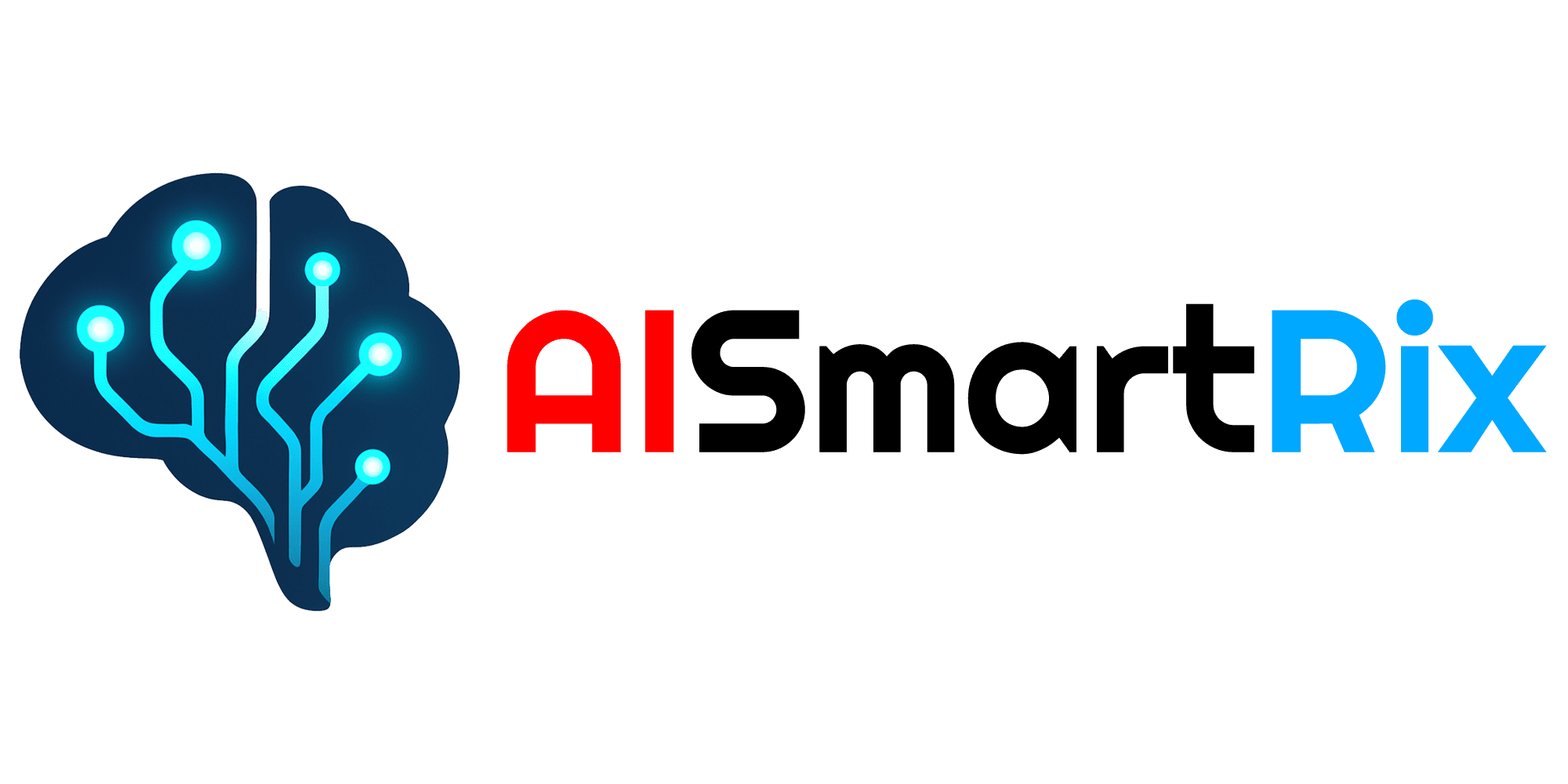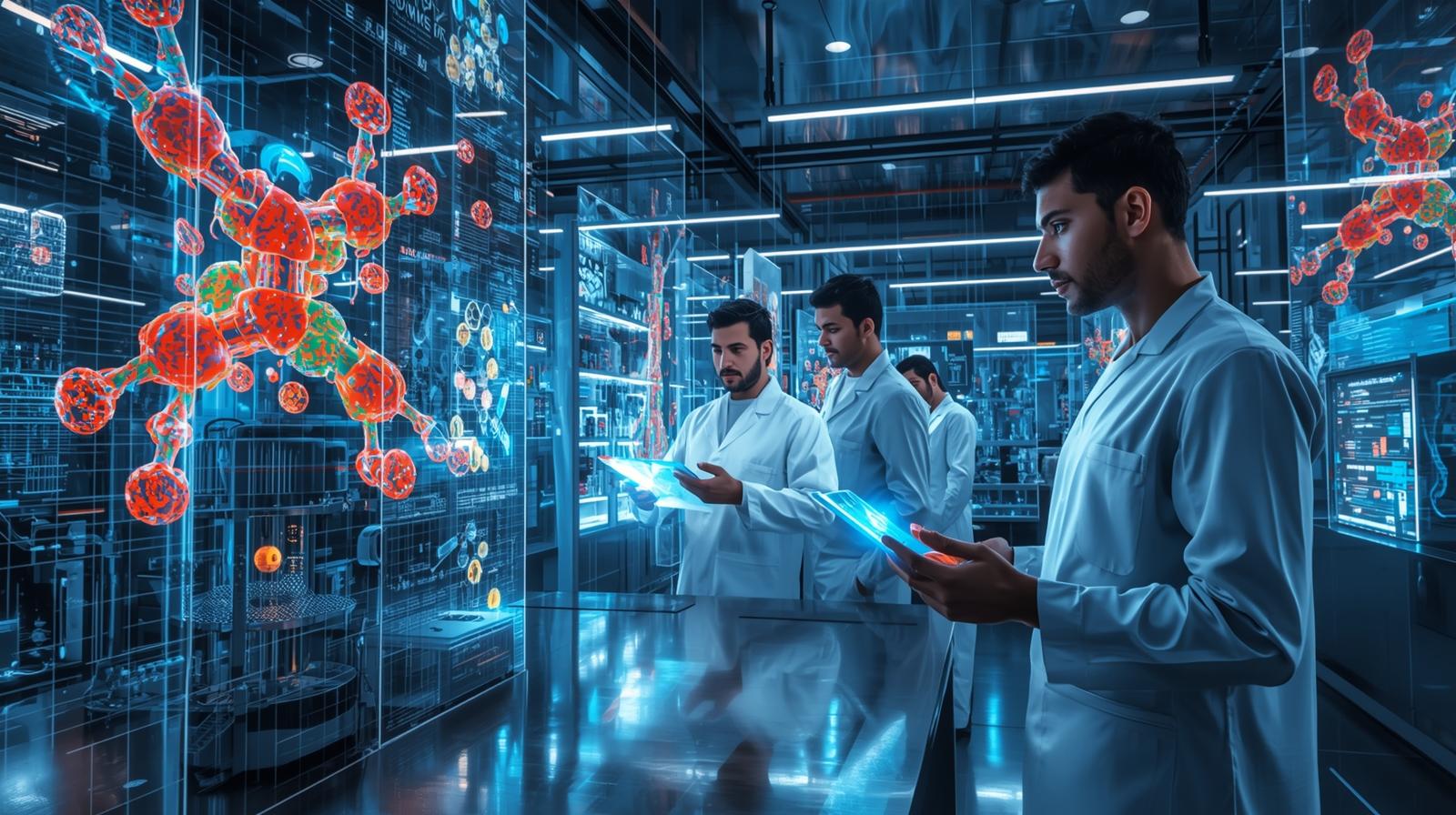AI-Designed Medicines: How Generative Models Are Shortening Drug Timelines
The pharmaceutical industry has always been complex, costly, and time-consuming, with the development of a new drug often taking 10–15 years and billions of dollars. But now, artificial intelligence (AI) is revolutionizing medicine design, enabling researchers to discover, test, and optimize new compounds faster than ever before.
Among the most transformative technologies are generative AI models, which can simulate molecular structures, predict biological interactions, and propose novel drug candidates. This article explores how AI-designed medicines work, their benefits, applications, challenges, and the future of pharmaceutical innovation.
1. What Are AI-Designed Medicines?
AI-designed medicines are drugs or therapeutic compounds created with the help of artificial intelligence. Instead of relying solely on traditional trial-and-error lab experiments, researchers use machine learning and generative models to:
- Predict which molecules will bind effectively to target proteins.
- Suggest modifications to enhance drug efficacy and reduce side effects.
- Identify potential toxicity or drug interactions before clinical trials.
Generative AI allows scientists to create virtual compounds that can later be synthesized and tested in the lab, drastically reducing the time and cost of drug development.
2. How Generative Models Work in Drug Design
Generative AI models, including GANs (Generative Adversarial Networks), transformers, and variational autoencoders (VAEs), are revolutionizing drug discovery:
- Molecule Generation: Models generate thousands of novel molecular structures that meet desired chemical properties.
- Property Prediction: AI predicts molecular behavior, solubility, stability, and potential toxicity.
- Optimization: Algorithms suggest chemical modifications to improve potency and safety.
- Virtual Screening: AI filters out less promising candidates, focusing on molecules with the highest therapeutic potential.
- Integration with Lab Testing: Selected candidates move to real-world testing, drastically accelerating preclinical research.
By using these AI-powered workflows, pharmaceutical companies can cut months or even years off traditional development timelines.
3. Benefits of AI in Drug Design
The advantages of AI-designed medicines are substantial:
- Speed: AI can screen millions of compounds in days, compared to months or years in traditional methods.
- Cost Reduction: Reduces expensive trial-and-error experiments, lowering R&D costs significantly.
- Increased Innovation: Generative models create molecules that may never have been considered by human chemists.
- Improved Safety: Early prediction of toxicity and side effects prevents costly failures in later-stage trials.
- Precision Medicine: AI can tailor compounds for specific patient populations or genetic profiles.
These benefits demonstrate why AI-designed medicines are becoming a central strategy for leading pharmaceutical companies worldwide.
4. Applications Across Healthcare
AI-designed medicines are impacting multiple areas of healthcare:
- Oncology: Generating novel compounds for targeted cancer therapies.
- Infectious Diseases: Rapid drug discovery for viruses, bacteria, and emerging pathogens.
- Neurology: Designing molecules to cross the blood-brain barrier for neurodegenerative conditions.
- Rare Diseases: Creating treatments for conditions with limited patient populations.
- Vaccines: Accelerating development of next-generation vaccines through AI-optimized antigen candidates.
By leveraging AI, researchers can bring innovative treatments to patients faster and more efficiently than ever before.
5. Challenges and Ethical Considerations
Despite its promise, AI-driven drug design faces challenges:
- Data Quality: AI models require high-quality datasets; incomplete or biased data can compromise results.
- Regulatory Compliance: AI-designed drugs must still undergo rigorous clinical trials and regulatory approval.
- Ethical Implications: Decisions about AI-designed compounds must be transparent and accountable.
- Integration with Traditional R&D: Human expertise is still essential to validate AI predictions.
- Intellectual Property: Ownership of AI-generated molecules may present legal challenges.
Addressing these challenges is crucial to ensuring safe, effective, and ethical AI-driven drug development.
6. The Future of AI-Designed Medicines
The future of AI-designed medicines is promising:
- Fully Integrated AI Pipelines: From molecule generation to clinical trial design, AI will automate many stages of drug discovery.
- Personalized Medicine: AI could design drugs tailored to individual patient genetics, lifestyle, and medical history.
- Global Collaboration: AI platforms will enable faster sharing of research, accelerating discoveries across borders.
- Pandemic Preparedness: AI can rapidly generate therapeutic candidates for emerging infectious diseases.
- Sustainability: Reduced lab experiments and faster development timelines lead to lower environmental impact and resource consumption.
As AI technology evolves, drug discovery will become faster, safer, and more accessible, opening the door to treatments for diseases once considered untreatable.
Conclusion
AI-designed medicines, powered by generative models, are transforming the pharmaceutical landscape. By accelerating drug discovery, optimizing efficacy, and reducing costs, AI enables a new era of healthcare innovation.
The question for researchers, investors, and healthcare professionals is: Which medical breakthroughs could AI-designed medicines deliver next, and how will this reshape the future of global healthcare?





